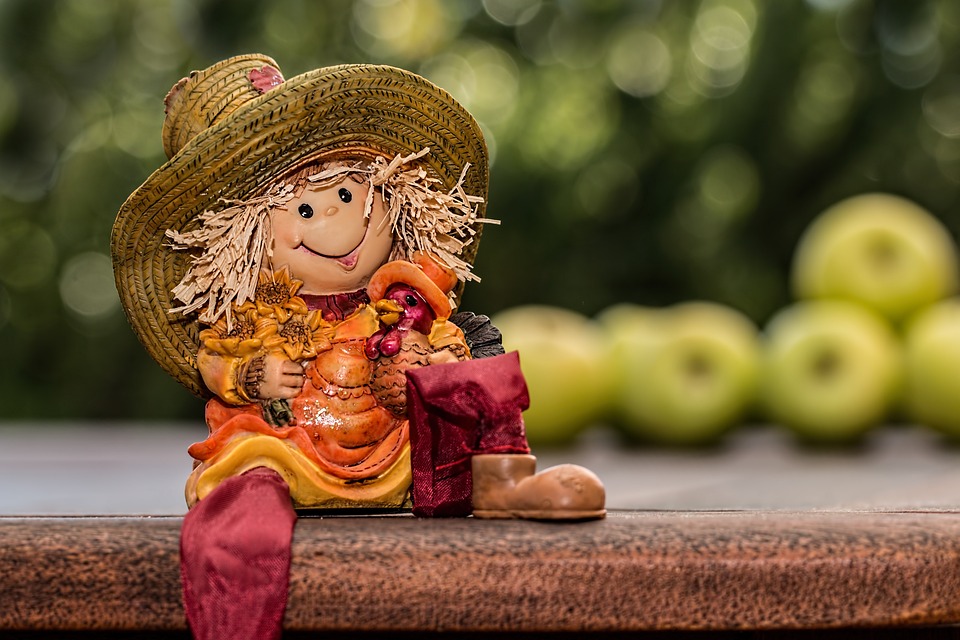From Waste to Beauty: Creative Ways to Incorporate Sustainable Elements Into Garden Design
Picture this: a vibrant garden where beauty meets sustainability, where nature thrives in harmony and waste finds a purpose. As an advocate of sustainable living and a passionate lover of gardening, I have spent years exploring creative ways to transform waste into something beautiful within garden designs. Today, I am excited to share with you an array of innovative ideas to incorporate sustainable elements into your garden, adding both ecological value and aesthetic appeal.
1. Salvaging and Reusing Materials: Embrace the Magic of Upcycling
When it comes to sustainable garden design, upcycling materials is truly magical. Take a stroll through your local flea market or salvage yard, and you’ll be amazed at the potential treasures hiding amidst the discarded. Transform old wooden pallets into stunning vertical gardens, repurpose vintage bathtubs into thriving planters, or even create a mosaic masterpiece using broken tiles and mirror fragments. By embracing the practice of upcycling, not only are we reducing waste, but we are also adding character and charm to our gardens.
Pro Tip: Give new life to old tin cans by transforming them into herb gardens or colorful hanging planters. Simply drill a few drainage holes at the bottom, add some soil, and you’ll have a beautiful display of greenery. The possibilities are endless!
2. Harness the Power of Composting: Fuel Your Garden’s Growth
Composting is the backbone of sustainable gardening, turning kitchen waste and yard clippings into nutrient-rich humus for your plants. Not only does composting divert organic waste from landfills, but it also enriches the soil, enhances water retention, and promotes healthy plant growth. Create a composting system in your garden using a bin or a designated area, and watch as nature effortlessly works its magic, transforming your waste into a powerful ally. The end result? Thriving, lush greenery.
Pro Tip: When composting, remember to balance the carbon-rich “browns” (like dry leaves and twigs) with the nitrogen-rich “greens” (such as kitchen scraps and grass clippings) to achieve an optimal composting environment.
3. Rainwater Harvesting: Nature’s Gift for a Sustainable Garden
Tap into nature’s natural bounty by harvesting rainwater to nourish your garden. Installing a rain barrel or a larger-scale rainwater collection system can help you reduce water consumption, lower your utility bills, and ensure your garden receives a consistent supply of chemical-free, pH-balanced water. Place rain barrels under your downspouts to collect runoff from your roof, and you’ll have an abundant supply of water to keep your plants hydrated even during dry spells.
Pro Tip: If you live in an area with limited rainfall, consider incorporating a drip irrigation system that utilizes harvested rainwater, ensuring your plants receive water directly at their roots, minimizing waste.
4. Cultivating Biodiversity: Inviting Nature’s Partners to Your Garden
One of the secrets to a thriving, sustainable garden lies in cultivating biodiversity. By incorporating native plants into your garden design, you provide an ecosystem where beneficial insects, birds, and pollinators can flourish. Native plants are well adapted to the local climate, require fewer resources, and provide important food sources for wildlife. Additionally, consider constructing birdhouses, insect hotels, or providing a water feature to attract even more biodiversity to your outdoor sanctuary.
Pro Tip: Build a simple bee hotel by drilling holes of various sizes into a wooden block or bamboo cane bundle. Place it in a sunny spot, and soon you’ll have an army of pollinators visiting your garden.
5. Embracing Organic Gardening Practices: Nourishing the Earth
In the pursuit of sustainability, organic gardening practices play a pivotal role. Replace chemical fertilizers with organic alternatives, such as compost or natural amendments like bone meal or seaweed extract, to feed your plants. Say goodbye to harmful pesticides and opt for natural pest control methods, like companion planting or introducing beneficial insects. By nurturing the soil and applying organic principles, you not only enhance plant health but also protect the delicate balance of the environment.
Pro Tip: To deter pests, plant marigolds near your vegetable garden, as their strong-smelling flowers act as natural repellents for insects like aphids and nematodes.
Incorporating sustainable elements into garden design not only benefits the environment but also brings joy, beauty, and a sense of purpose. By salvaging and reusing materials, harnessing the power of composting and rainwater harvesting, cultivating biodiversity, and embracing organic gardening practices, we can create flourishing gardens that are not only aesthetically pleasing but also contribute positively to the world around us.
So, let’s dive into this journey of sustainable garden design together, where waste finds new life as a catalyst for beauty and our gardens become vibrant sanctuaries for nature. Let’s inspire and be inspired, one sustainable step at a time. After all, beauty truly lies in the transformation from waste to wonder!



